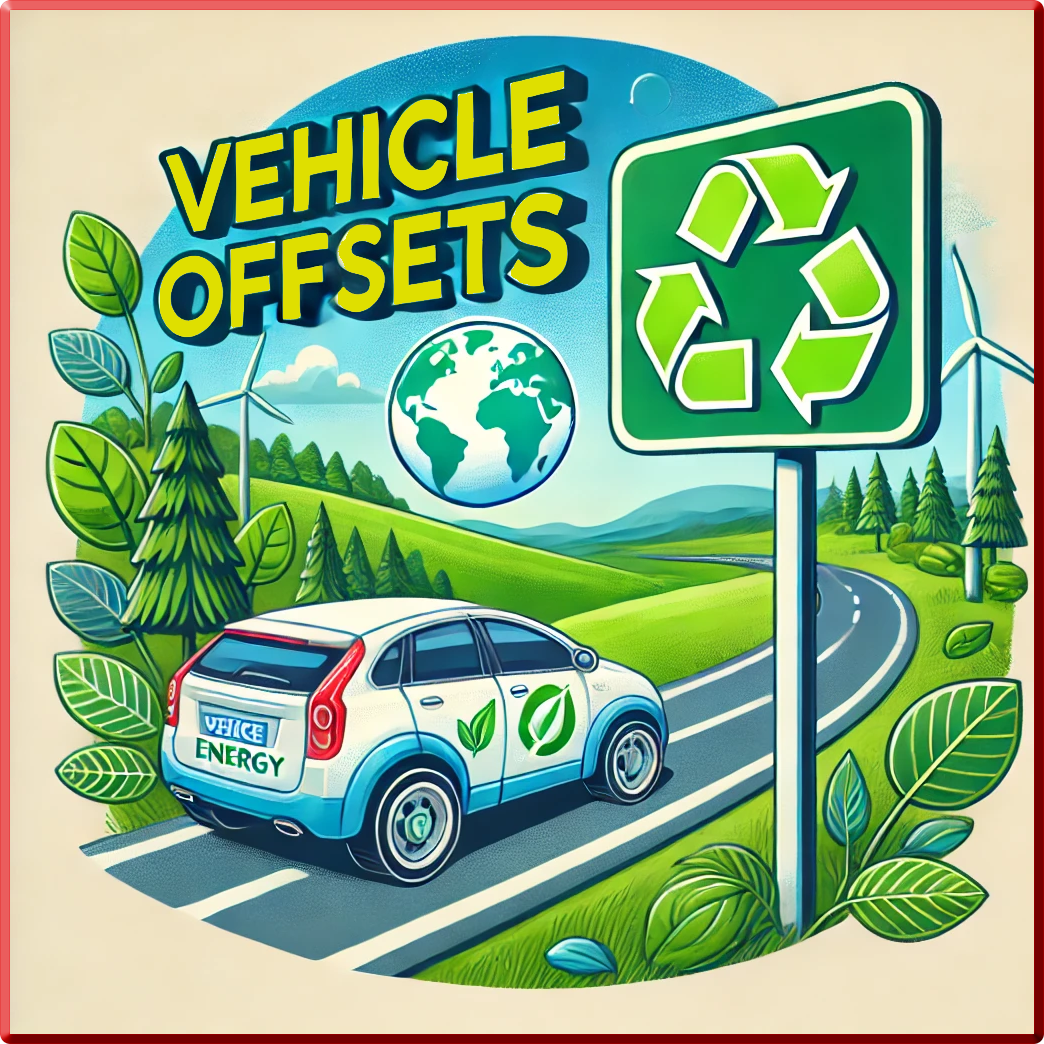Compensate for your emissions with Carbon Credit Certificates with UN endorsed projects that eliminate carbon from the atmosphere
Each metric tonne of C02 that is removed from the atmosphere by an an offset certificate, is enough to fill up 500 fire extinguishers, or 8 swimming pools, and have the same weight as 400 bricks.
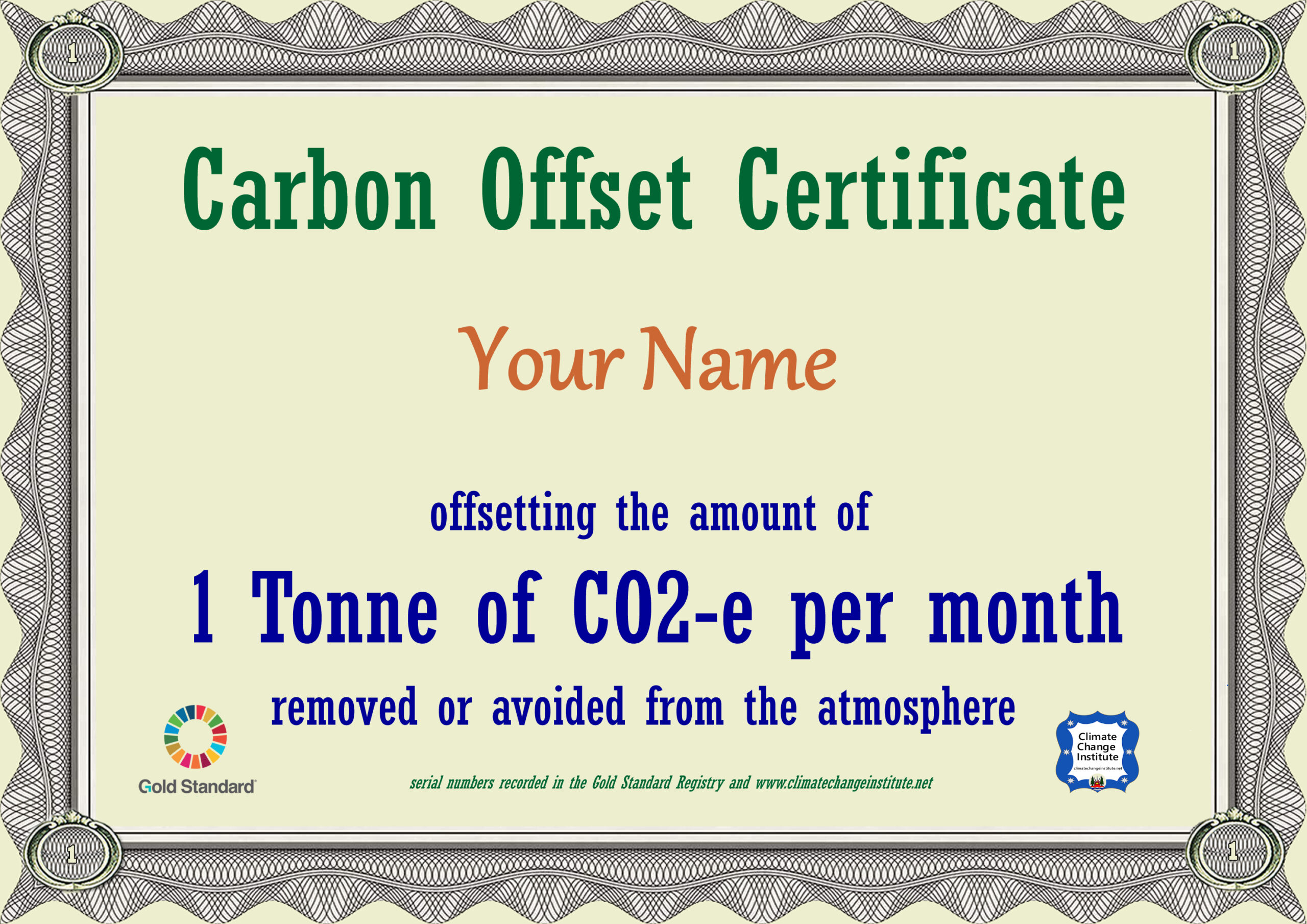

Your carbon footprint is the amount of greenhouse gases that you produce in daily life. This includes carbon dioxide, methane, nitrous oxide, fluorinated gases and others.
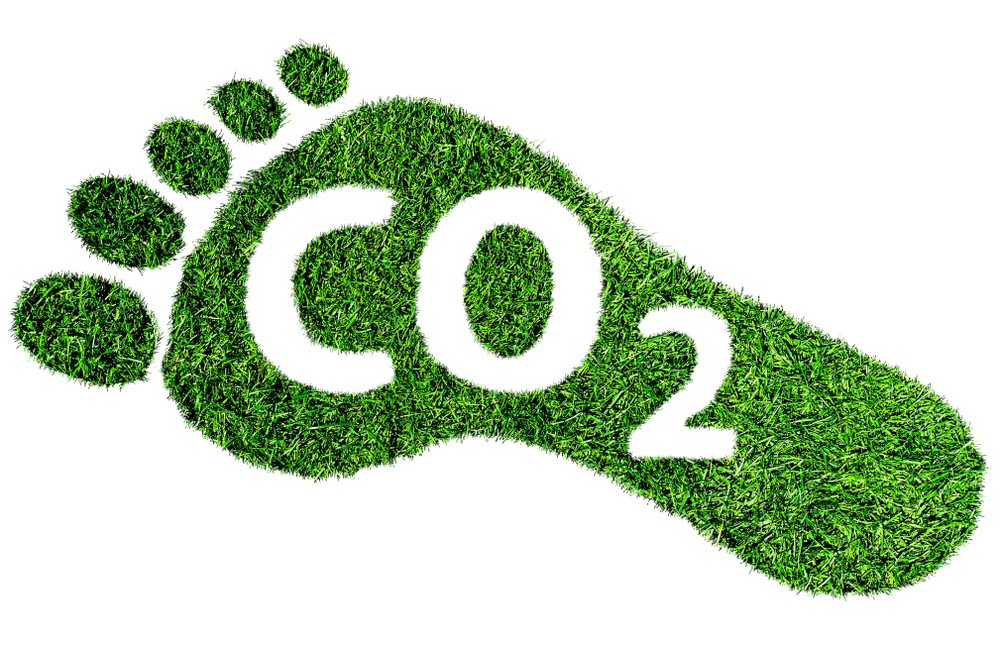
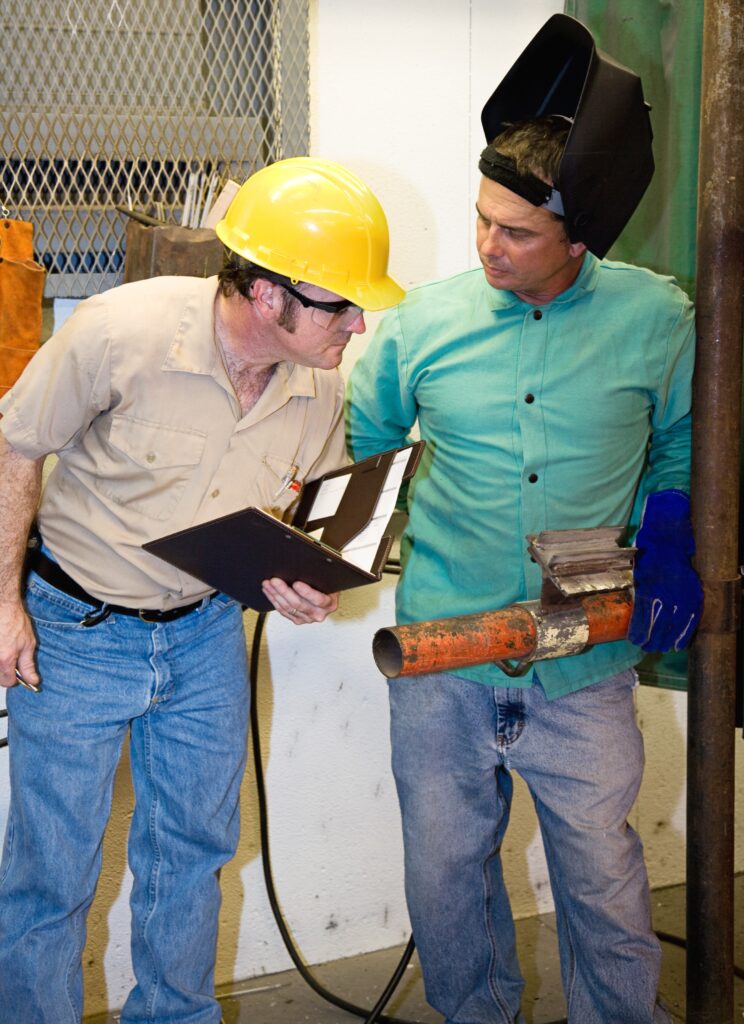

Personal Footprint Calculator
There are many free footprint calculators on the Internet that you can use.
Some can be complex, needing a lot of information and some may require you to pay at the end.
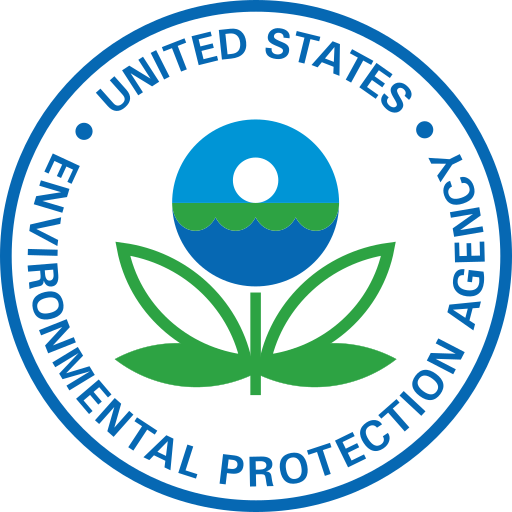
To work out your personal carbon footprint with some accuracy, you should download the spreadsheet from the United States Environmental Protection Agency and set it up. The EPA also has a less complex carbon calculator which can show how much carbon and money you can save by reducing your footprint.
A problem with footprint calculators is that they will always have an uncertainty margin, and never be absolutely correct. There are so many different factors that contribute to a person’s carbon footprint, and many calculators just use data from emissions within a particular nation.
This Flight Calculator estimates the carbon emissions of your flight. Flying economy roundtrip from New York to Los Angeles produces 1.5 tons of CO2.
This carbon calculator from Clever Carbon is not very accurate, but it will estimate your emissions in sixty seconds.
Average Carbon Footprint
The Institute has determined that the Average Carbon Footprint is 12 tonnes per year for those living in industrial economies. You can go carbon neutral based on the average footprint, or you can use a carbon calculator. However, they do have an uncertainty margin, and will never be absolutely correct because there are many factors that contribute to a person’s carbon footprint. You could spend many hours on this only to get a less meaningful estimate of your emissions than just using the average.
Emissions per person in Tonnes:
USA15.32
Japan 9.76
Germany 9.42
Canada 18.72
South Korea 11.77
Saud Arabia 15.47
Australia 17.15
Taiwan 11.73
Netherlands 9.54
Great Britain 5.61
France 5.18
Hong Kong 6.33
The Average Carbon Footprint is 11.33 Tonnes / year
The WorldoMeter site provides data on how much CO2 the average person emits in each country. This includes our direct emissions, like driving, as well as industrial processes, such as making electricity or manufacturing products.
There are other agencies, such as the EPA or Our World in Data that provide emissions data which can be slightly higher or lower. According to statista, the average person in the USA emits about 14 Tonnes per year, but about 7 tonnes per year for Europe.
Averages may not always give the full picture because households can vary greatly in their greenhouse gas emissions, depending on their location and lifestyle. If you live in a big home with few people and drive a gas guzzler you would generate more than average. If you live in a small home or apartment, drive an electric car and eat a vegan diet, you would generate less than the average.
- The EPA states that a typical passenger vehicle emits about 4.6 metric tons of carbon dioxide per year.
- The World Steel Association estimates that for every tonne of steel we produce, almost two tonnes of CO2 are added to the atmosphere.
- A University of Michigan study found that the food we eat accounts for close to two tonnes of CO2 emissions a year from the animals and plants we grow for food, transportation in trucks and ships, and when uneaten food decomposes.
Reduce your carbon footprint
For people to effectively reduce their emissions they need information on their everyday lifestyle choices and which are the genuine climate friendly products and services they should be buying.

Offset your emissions
You purchase carbon offset credits to compensate for the emissions that you cannot eliminate. They finance verified projects to remove/reduce carbon in the atmosphere. You are paying for a project that reduces greenhouse gases somewhere else. If you offset one ton of carbon, the offset will help capture or destroy one ton of greenhouse gases that would otherwise have been released into the atmosphere. Offsets promote sustainable development and increase the use of renewable energy.
Types of projects include energy efficient cookstoves in Rwanda, installing solar power in the Dominican Republic, and sustainably planting trees in India, Malawi, Mozambique, Uganda and Nicaragua to absorb CO2. There are also U.S. projects utilizing animal waste from farms, installing wind power, and capturing landfill gas to generate electricity.
- When you buy offset certificates you are investing in verified projects that slow down global warming.
- They are buying us the time we need to switch to low emission economies before we hit irreversible tipping points.
- If we hit these tipping points it means that it is too late and nothing we do will be able to stop climate change.
“Unless we reduce and offset our emissions going into the atmosphere we we may reach the point of no return” Intergovernmental Panel on Climate Change Learn More
Columbia Climate School
For Businesses
Businesses should use the Institute’s GHG Protocol Accounting Guide and UNFCC tutorials for more information on how emissions are calculated for companies and products using recognised standards. An Emission Reduction Program for businesses is also provided by the Institute.
Please note that using any resources or information provided here is subject to the Institute’s Terms and Conditions.
Carbon reduction projects are buying the world the time needed to make the transition to low carbon economies

Verified carbon reduction projects produce Carbon Offset Certificates which are recorded in International Carbon Registries.
They finance activates which remove and reduce greenhouse gasses from the atmosphere.
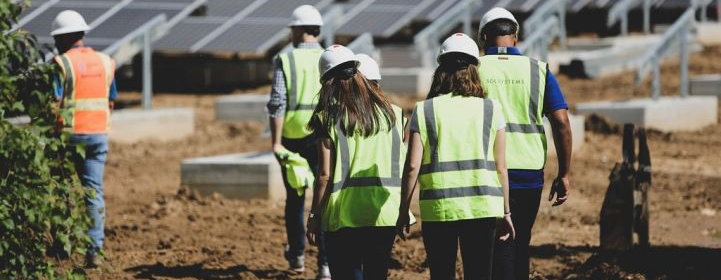

They are rigorously scrutinized through an international monitoring and verification process.
Carbon Offset Certificates for verified projects are issued by the Verra, Gold or CDM Registry administered by the United Nations Secretariat. Verified projects earn Certified Emission Reduction units equivalent to one tonne of CO2-e and each has a unique serial number recorded in the UN Registry and displayed on the certificate. Carbon offset certificates finance certified projects that remove carbon from the atmosphere in other parts of the world and are rigorously scrutinized through an international monitoring and verification process. Each certificate represents one metric tonne of C02.

Certificates support a range of projects that include wind, solar, hydro, biomass energy recovery, geothermal and GHG abatement. They not only reduce emissions but also but also drive sustainable development and improved living conditions.



The Climate Change Institute is committed to finding solutions by supporting UN carbon reduction projects that reduce greenhouse gas emissions whilst supporting sustainable development and providing resources to help individuals and organizations take action to lower their carbon footprint.
Transactions are subject to our Terms and Conditions



